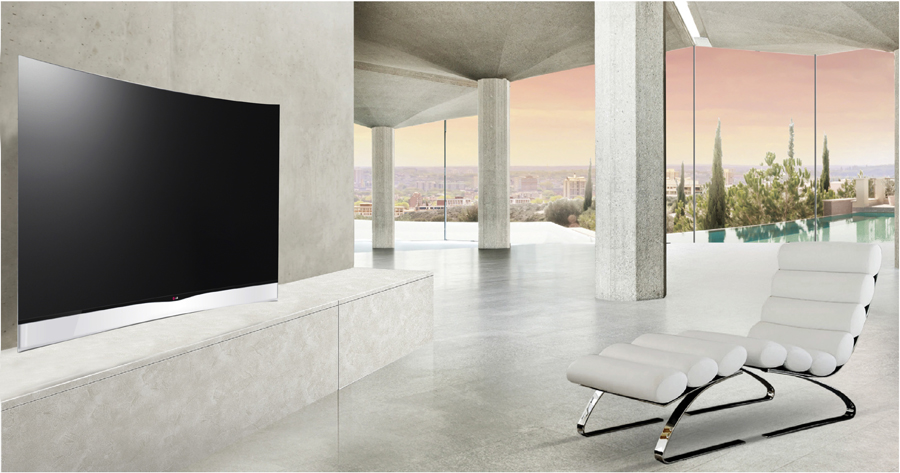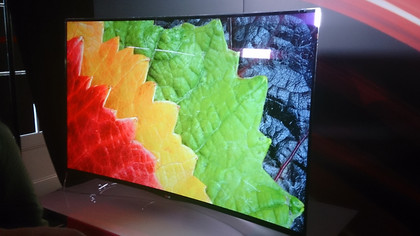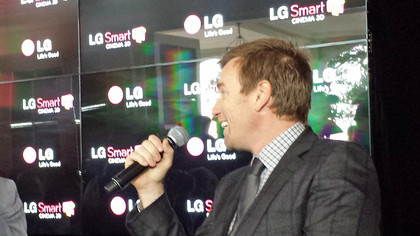LG betting big on UltraHD, with curved OLED on the way
4K for under $7K? Win

While the Ultra HD market is currently overwhelmed with high price tags and limited stock, LG Australia unveiled its plans to change all that by announcing a new range of UHD TVs launching in August.
In addition to the 84-inch behemoth that launched last year, LG are introducing both 65 and 55-in versions, making the new format almost affordable. LG claims that the 55-incher will only be a $2,900 premium over its top of the line 1080p panel when it launches.
In addition to increased resolution, LG has also upgraded the UHD range's speakers, with an integrated soundbar that drops from the bottom of the panel when switched on.
While the updated 84-inch UHD panel retains teh $16,000 price tg, its 55-inch sibling will only cost $6,999, while the 65-inch model will sell for $8,999.
The arrival of OLED
LG also took the opportunity to show off its upcoming curved OLED screen at the launch. At 55-inches and measuring just 4.3mm thick, the new panel is expected to mark the launch of OLED TVs in Australia later in the year.

LG kept quiet on exactly when we can expect to see the TV in Australia, although it was indicated to arrive in the final quarter of the year.
Similarly, LG refused to comment on price for the OLED product, although they did refer to the Ultra HD panels as being "relatively affordable", so you should probably start saving.
Get daily insight, inspiration and deals in your inbox
Sign up for breaking news, reviews, opinion, top tech deals, and more.
F^&king good tellies
For maximum impact, LG has recruited Star Wars prequel star Ewan McGregor as a brand ambassador, and the actor was on hand to launch the new range.
When asked his opinion of the TVs, it was hard to tell if McGregor was showing refreshing candour or jumping off script by telling the assembled media, "they're just f%^king unbelievable".

He went on to explain that the colour reproduction in the OLED panels meant that images on screen managed to reproduce the same experience intended on film through intensive light riggings.
""I spend hours and hours of my working day waiting for the lights, waiting for the scene to be lit, and usually when it's on the television it doesn't look like that, but these televisions make it look like it should," he said.